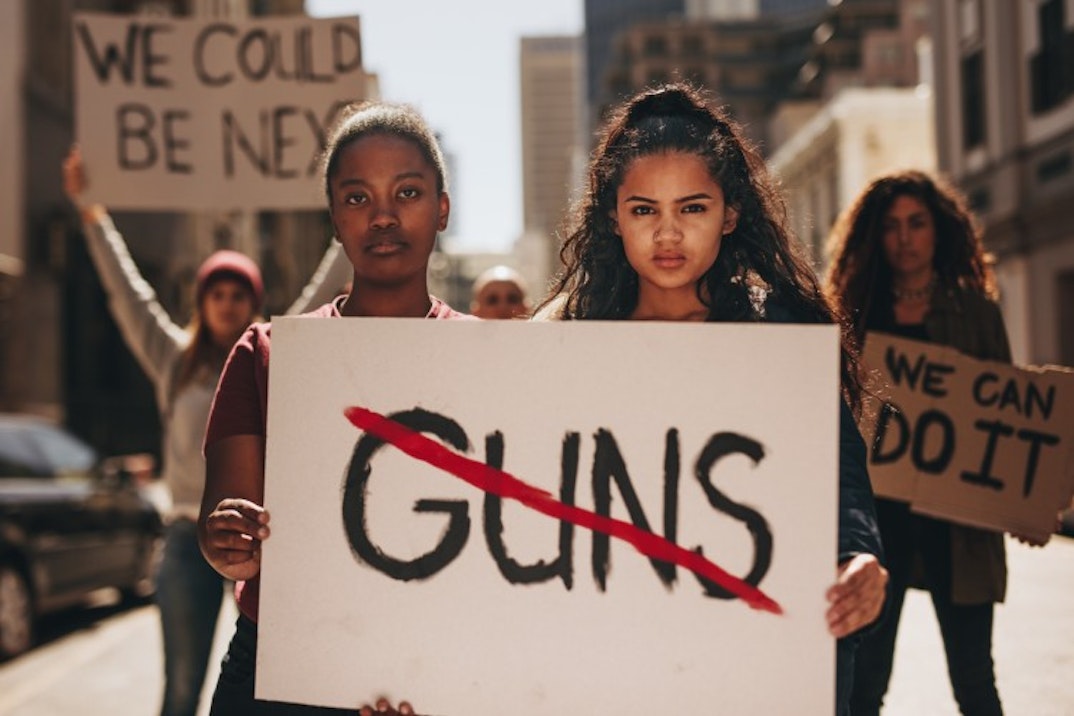How Gun Violence is Framed as a Public Health Issue
In the United States, gun violence has long been treated as a criminal justice problem. However, an increasing number of health experts, researchers, and public officials are now framing gun violence as a public health crisis—one that requires prevention, data analysis, and systemic change, much like any other epidemic.
Understanding the Public Health Approach
A public health approach to gun violence goes beyond punishment and law enforcement. It focuses on prevention, community engagement, and data-driven solutions to reduce injury and death. This framework treats gun violence in the same way we respond to infectious diseases or car accidents: by identifying risk factors, intervening early, and promoting safety.
This shift in thinking is supported by major organizations such as the Centers for Disease Control and Prevention (CDC), the American Medical Association, and the American Public Health Association, all of which recognize firearm violence as a leading cause of premature death in the U.S.
The Scope of the Problem
Gun violence claims more than 45,000 lives in the U.S. each year, according to CDC data, with tens of thousands more injured. This includes:
-
Homicides, often concentrated in underserved communities
-
Suicides, which account for over half of gun deaths
-
Mass shootings, which receive widespread media attention but make up a small percentage of incidents
-
Unintentional shootings and domestic violence-related cases
Firearm-related deaths now surpass car crashes as the leading cause of death for American children and teens.
Risk Factors and Root Causes
Like many public health crises, gun violence is influenced by complex and overlapping factors:
-
Poverty and inequality
-
Lack of mental health services
-
Exposure to violence during childhood
-
Easy access to firearms
-
Community disinvestment and social instability
By identifying these root causes, public health professionals can target interventions that reduce risk and promote long-term safety.
Strategies for Prevention
A public health model for gun violence prevention includes several evidence-based strategies:
-
Community violence intervention (CVI) programs that engage high-risk individuals and offer alternatives to violence
-
Safe firearm storage campaigns to reduce accidental shootings and suicides
-
School- and hospital-based programs that offer trauma support and conflict resolution skills
-
Data collection and research to inform policies and track trends
-
Stronger background checks and gun safety laws to prevent access by those at high risk of harming themselves or others
In cities like Oakland, California and Richmond, Virginia, public health strategies have already led to significant reductions in shootings without relying solely on policing.
Barriers to Progress
Despite growing support, public health efforts around gun violence face serious obstacles. For decades, federal funding for gun research was limited, and political opposition has stalled many policy changes. The issue is deeply polarized, with debates over Second Amendment rights often overshadowing discussions of safety and prevention.
However, momentum is shifting. In recent years, Congress has allocated more funding for firearm injury research, and several states have implemented “red flag” laws, allowing temporary removal of firearms from individuals deemed a risk to themselves or others.
Conclusion
Reframing gun violence as a public health issue offers a broader, more compassionate path forward—one rooted in prevention, equity, and science. While there is no single solution, adopting a public health perspective can help communities develop practical, evidence-based strategies that save lives. As with any major health crisis, the goal is not just to treat the harm—but to stop it before it happens.
